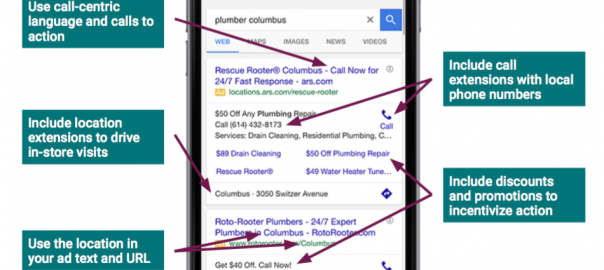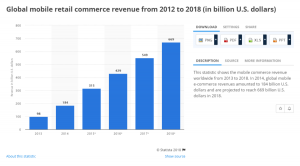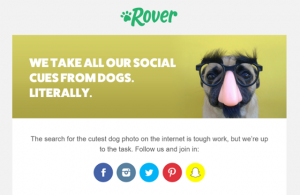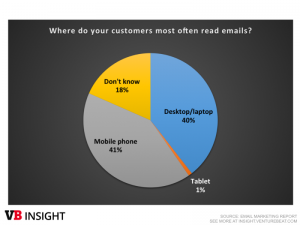There is an enormous – and growing – volume of local searches on smartphones and mobile devices, and they are driving billions of calls a month. Those callers also convert to customers at a high rate.
Nearly 50% of mobile searches have local intent. If you’re running ad campaigns to drive business locally, there are a number of ways to optimize mobile paid search to drive local calls.
Check out 7 ways to drive more calls and sales from your local mobile paid search ads:
1. Use Call-Centric Language and Calls to Action
First and foremost: be very clear with searchers and explicitly tell them the action you want them to take. If you’re not using language that indicates they can call your business, you’re likely losing out on a number of consumers who would otherwise call.
Use very clear calls to action and language like “Call Now” or “Talk to a rep today” to tell searchers they can speak to you just by calling the number. You can even test using language like “24/7” or “right away” to see what catches attention and drives immediate calls. Just ensure you can back up those kinds of claims, and that your business is properly staffed to handle an increased volume of inbound calls.

2. Include Location Extensions to Drive In-Store Visits
There’s no reason why you shouldn’t already be using location extensions in your paid search ads. Why? Over 50% of consumers are likely to visit a physical store location after they conduct a local search. Plus, location extensions are free.
![]()
You want to ensure you’re localizing your ad, so that it’s always top of mind within search results. Searchers are also more likely to engage if they trust they’ll reach the most appropriate location.
3. Use the Location in Ad Text and URL
Using a city name in your ad copy is another great way to localize your paid search ads. Be sure to include the name within the ad text and the URL.

In the example from earlier we see a consumer’s search for a plumber in Columbus, OH. The search ads they see use language that clearly specifies the business is located in, or has locations in, the Columbus area. And the second ad does a really good job of including a URL with Columbus in it, letting the searcher know they’re going to get a very tailored experience once they reach the business’s website.
4. Include Call Extensions with Local Phone Numbers
Local numbers are 3x more likely to get clicked on than toll-free numbers. Not only are your location extensions showing your mobile audience that you’re located nearby, but you’re available to speak with them right away if they choose to engage by calling.

If you ignore call extensions in your paid search ads, you’re missing a valuable opportunity to drive more calls. And what’s the best part about call extensions? They’re free (just like location extensions). They also take up more real estate on the SERP, giving you one more opportunity for searchers to easily engage with you. Plus, Google stated that ads with call extensions get 8% higher click-through rates than ads without.
5. Include Discounts and Promotions to Incentivize Action
Local searches have high purchasing intent, with 64% of those purchases happening offline and up to 53% involving a phone call. Local searchers are clearly ready to take action.
Incentivizing searchers with discounts and promotions are another great way to get these searchers to take immediate action. This is especially true when a time frame is specified or you use language such as “Limited Time Offer.”
6. Use “Nearby Business” Ads
According to Google, “near me” searches are increasing exponentially, with 80% coming from mobile. To help advertisers target this traffic, Google launched mobile “nearby business” ads.

The ads are triggered in AdWords when someone runs a local search, and they include a link to get directions or click to call should someone want to speak with the business. The ads resemble the organic local business listings on Google mobile searches. Important tip: You must have location extensions enabled to be eligible to show nearby business ads to searchers.
7. Take Advantage of Ad Formats for Businesses with Multiple Listings
Businesses that have multiple locations within a mobile searcher’s vicinity can have up to three places listed in AdWords mobile ads to help drive calls, foot traffic, and customers to each location.
If your business has multiple locations within a geographic area, you can promote them within your AdWords ads. If you are using location extensions, your ads can show up to three locations, highlighting the city, town, or neighborhood, as well as the distance from the searcher. You can also include links to directions for each of the locations and click-to-call buttons to encourage people to call.

To have locations listed in your mobile AdWords ads, you need to make sure your locations are set up in Google My Business. Google My Business is a free service that makes all your business addresses available for any campaign or ad group in Google search or display ads. Be sure to use filters to control which addresses show up in your ads at the account, campaign, and ad group level, as well as which ads appear on which devices (smartphones only, desktop and tablet devices, or all three).
Bonus: 3 Tips for Bidding By Location
- Target your ads to reach people located around your business locations.
- Use bid adjustments to increase your bids whenever someone located near your business searches for one of your keywords.
- Get specific by targeting customers within specific radiuses around your location extensions. This allows you to set different bid adjustments for each radius, increasing your bid the closer they are to your location.
Get more paid search strategies to drive calls and sales in our free eBook, The Click-to-Call Playbook for Paid Search.
Digital & Social Articles on Business 2 Community(36)
Report Post







